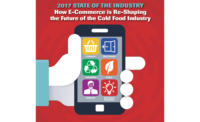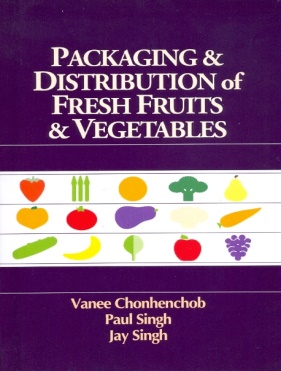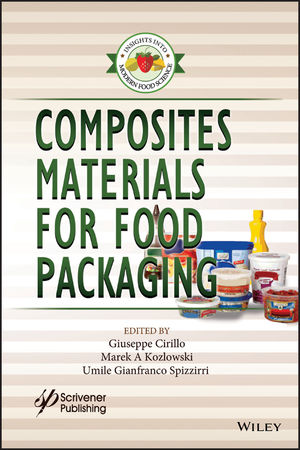The largest and most influential generation in history is demanding innovation that is changing the way brands approach their packaging.
Millennials have surpassed Baby Boomers to become the largest generation in U.S. history. According to the recent Mintel report, “Marketing to Millennials,” close to 79 million or nearly 25% of the U.S. population is 21-39 year olds. As a result, the Millennial generation has a significant influence on the decisions made by consumer packaged goods (CPG) manufacturers. Not only are Millennials a driving force behind a changing product mix, but their purchase decisions are also prompting manufacturers to differentiate their brands with creative and unique packaging. Of course, these demands place significant challenges on brand owners, as they work to stay ahead of a curve being set by a generation attuned to instant gratification.
What does this brand say about me
Millennials feel a personal connection to their preferred brands. According to Boston Consulting Group (BCG), half of the U.S. Millennials ages 18-24 and 38% of those ages 25-34 agreed that brands “say something about who I am, my values and where I fit in.”
Millennials are constantly seeking the latest and greatest products that strike a chord with them, whether it is a passion for a hobby, a commitment to wellness or a sustainability promise. In short, Millennials are more likely to purchase a product if it makes them feel special either through this personal connection or the idea of exclusivity.
According to the Mintel report, “limited-time-only rollout of personalized packaging has the ability to create unique connections with consumers who might be mulling a purchase.” Limiting the availability of a product creates a unique purchase experience in which brands effectively satisfy the pronounced desire of Millennials to have the latest, greatest and most exclusive products. As noted in the Mintel report, “nearly one quarter (24%) of consumers like packaging that has an appealing design [dedicated to a] limited edition, seasonal or special release.”
These ideals shape the ways in which manufacturers determine what products go to market and how, as evidenced in “Millennial Mix: Premium Store Brands for Today's Consumers,” from the October 2015 Supermarket News report. “Millennial shoppers, with their unprecedented blend of purchase habits, have prompted select supermarkets to expand their store brand lines to include more upscale, one-of-a-kind goods geared toward 20- and 30-somethings,” the report claims.
Don’t be basic. Customize
According to Supermarket News, “Specialty products, like those making non-GMO, all-natural, organic or gluten-free claims, are particularly popular with Millennials. But, quality ingredients aren't always enough to woo these shoppers. When it comes to this generation, what's on the outside also counts.”
While consumer demands constantly evolve, Millennials gravitate toward customized packaging, which includes features that expand consumer engagement with the product and brand. Mintel notes that customization is becoming an expectation in packaging, and not an extravagance, stating that the trend “has come about because consumers want to have some sort of input into what they buy across nearly every industry and every part of the world.”
Affordability for the whole squad
Although Millennial consumers are collectively spending about $600 billion per year, according to Oliver Russell Marketing, Boise, Idaho, economic factors play a major role in determining what products they are willing to buy. While price-consciousness is an integral part of the decision-making process, Millennials are willing to pay more for high-quality products, which is a departure from the buying habits of Baby Boomers.
Rising demand among Millennials for organic, gluten-free, non-GMO and natural products are also steering these shoppers to higher-end brands. Mintel reports that many Millennials continue to live with their parents, but still seek high-quality, reliable products that speak to their goals for socio-economic status.
Branding is valued before anything else
For CPGs, simply owning a powerhouse brand name does not seem to be enough to capture Millennial interest and loyalty. In fact, Millennials prove to be very receptive to high-end private label branding, as retailers experiment with new lines of affordable but high-quality products that are packaged like private or exclusive brands.
For example, Kroger, a Cincinnati-based retail food chain, launched a line of authentic Italian products under its new HemisFares label. After examining the purchasing patterns of Millennial shoppers, Kroger designed the packaging of its HemisFares line of 27 products with a premium imported look, featuring a tagline of ‘A Journey of Epicurean Proportions.’
Branding in the #DigitalAge
Social media proficiency is essential when attempting to capture a Millennial audience. For brand owners, social media tools provide avenues to connect with and engage consumers, even when the engagement is in response to negative feedback on products and services. Meanwhile, consumers may find social media channels to be convenient ways of communicating to and about brands.
Packaging that includes quick-response (QR) codes right on the label gives consumers immediate access to a community that is also participating and purchasing the same products. The digital age also allows brands to connect directly with consumers who participate in social media campaigns via hashtags and QR codes. These features are being placed directly on packaging in order to engage consumers and offer an outlet for consumers to give feedback directly to brands. According to Chicago-based Mintel, Millennials have taken social media and made it a sphere in which companies can interact directly with their consumers. The companies that are participating in these types of social media activities are more likely to attract the Millennial consumer.
Staying ahead of the Millennial curve
The ever-evolving consumer demands are making it harder and harder for brands to keep up with the latest trends in packaging. Millennials, a generation that demands more from the brands they purchase, are setting the precedent when it comes to the most innovative products and packaging. By understanding their influence – and applying the right packaging solutions – companies can better keep up with the pace of change.
At PACK EXPO International 2016, brand owners and manufacturers can find solutions to enhance operational flexibility in adapting to shorter product runs, material and container innovation to create artful packaging and printing technologies for enhanced consumer engagement.









